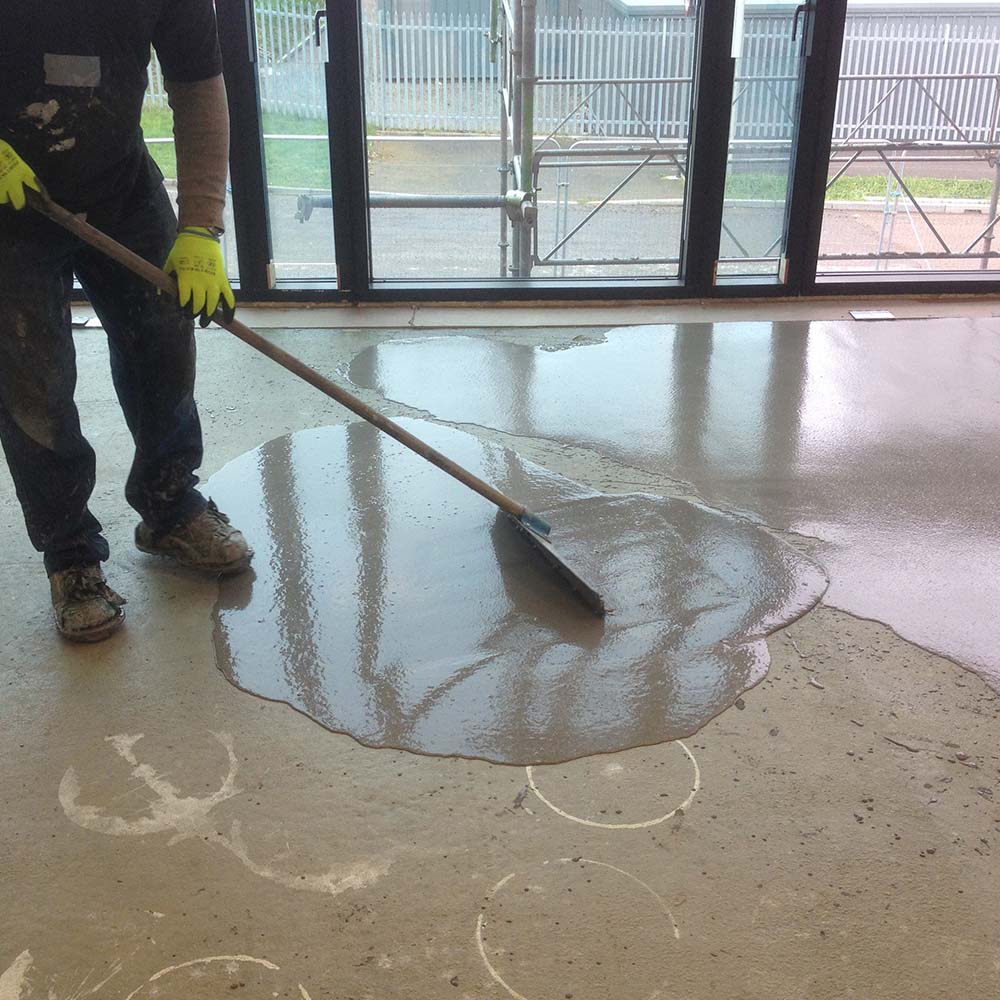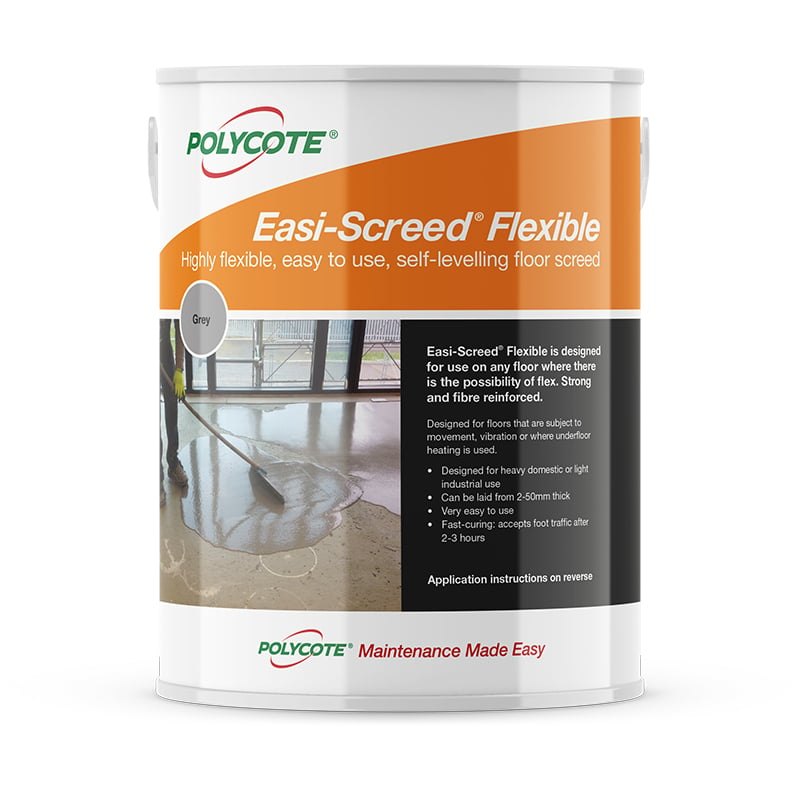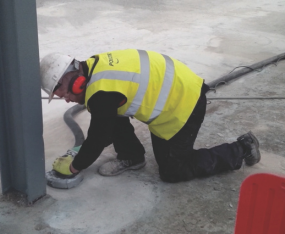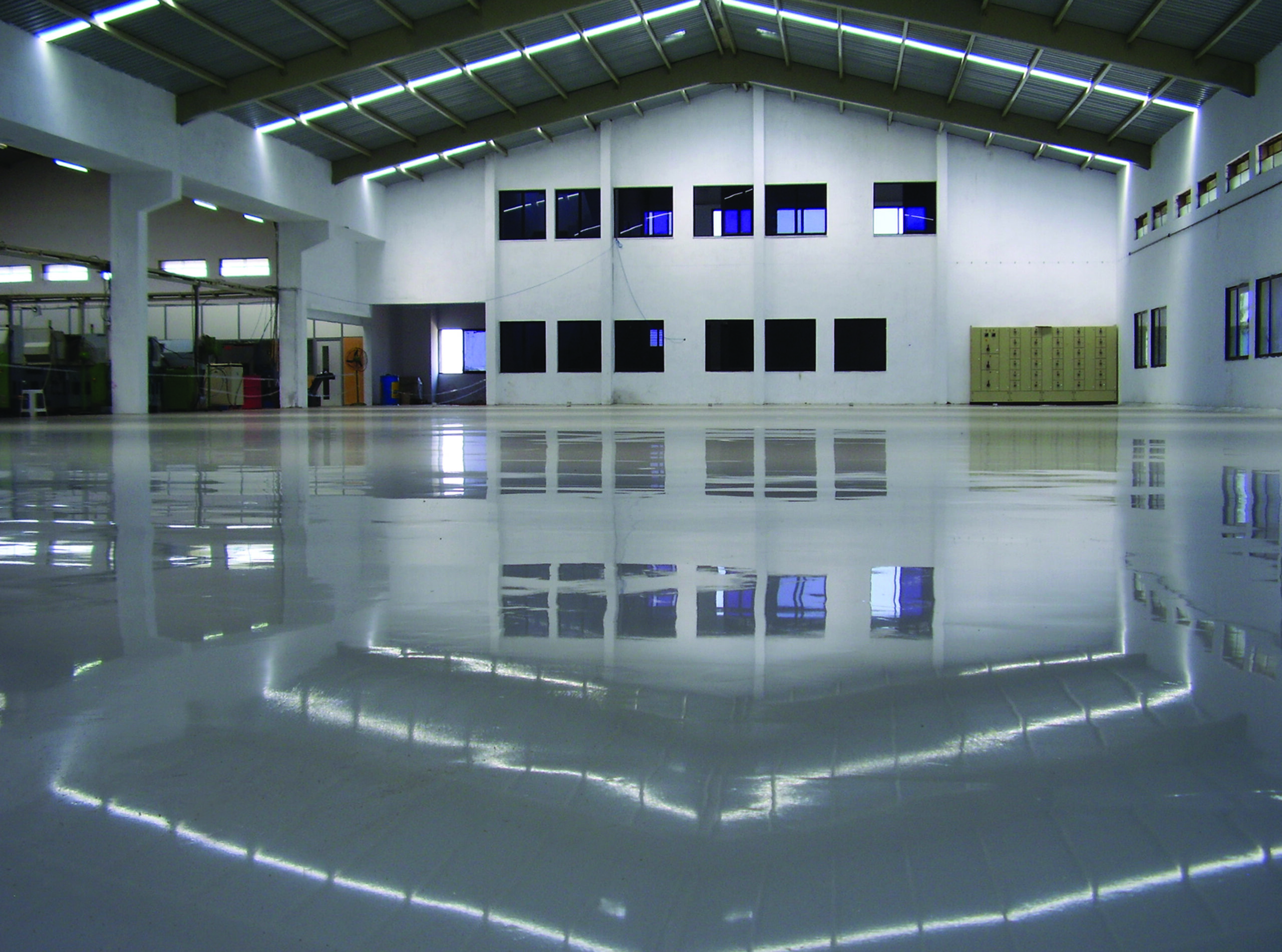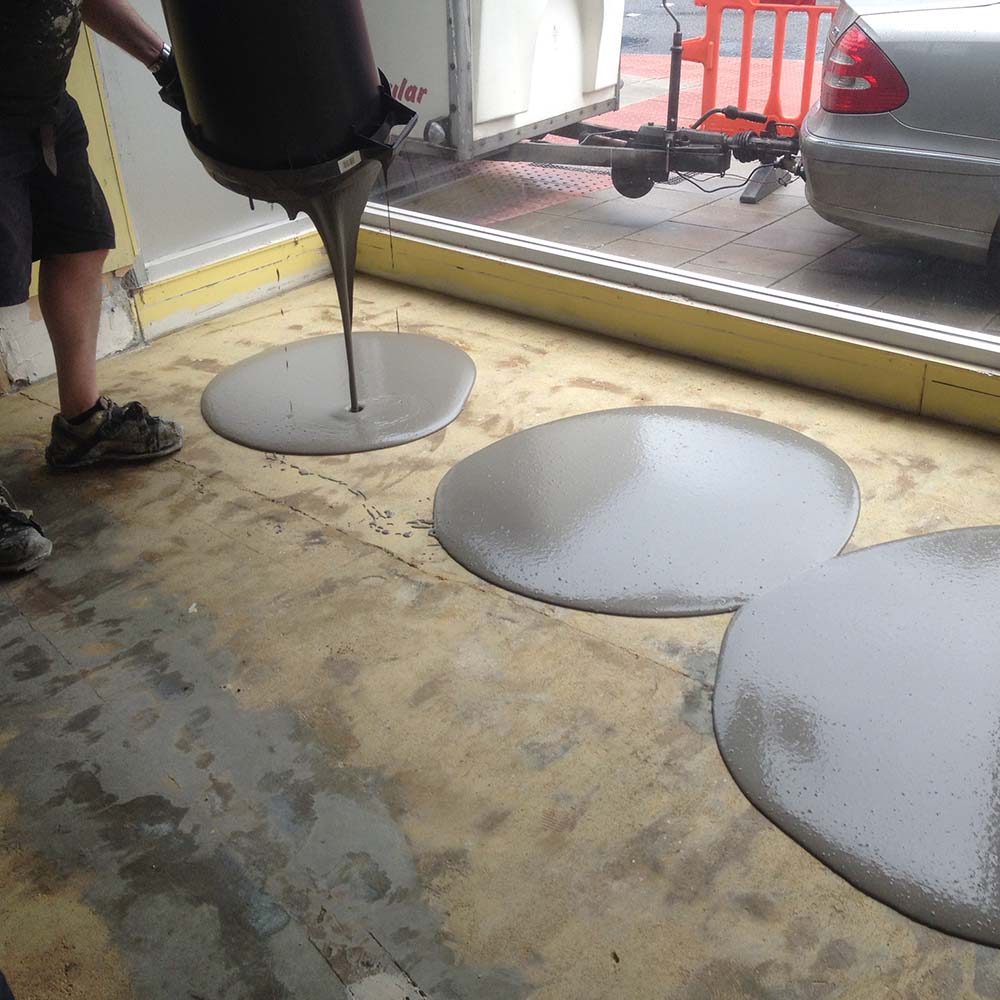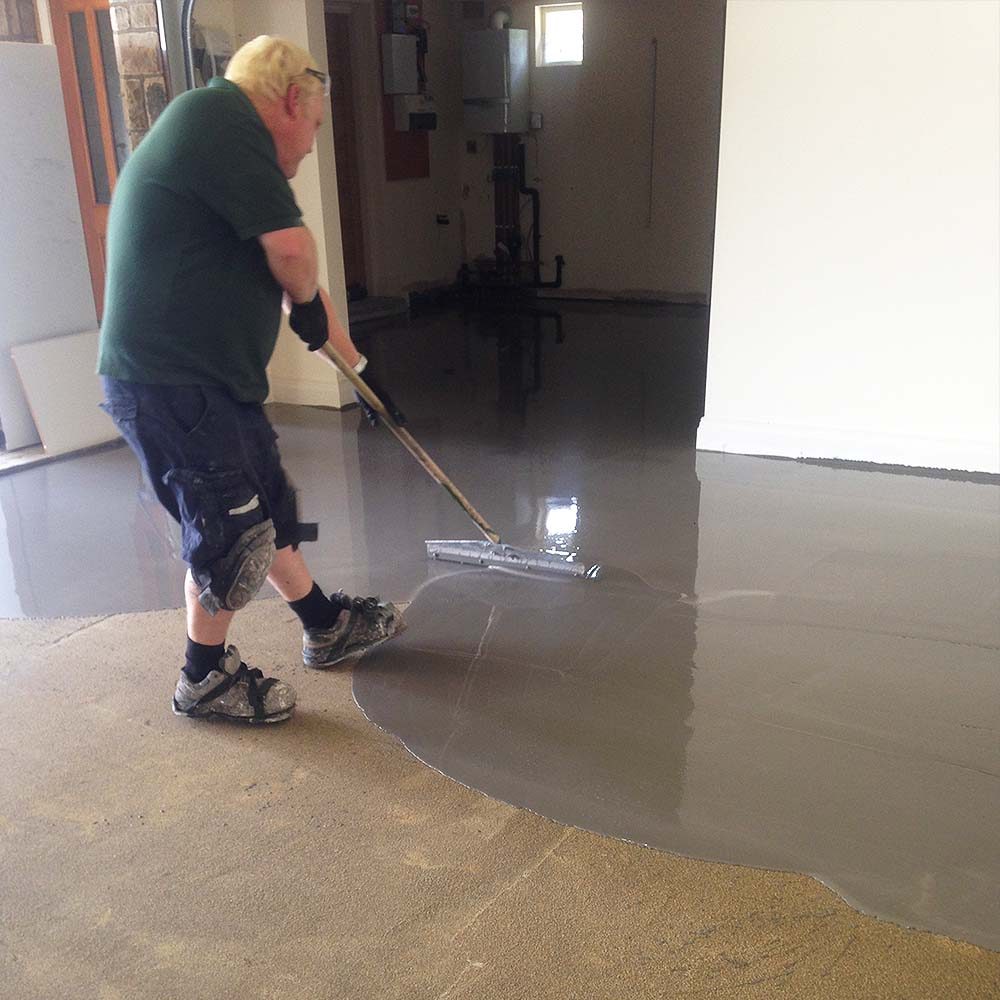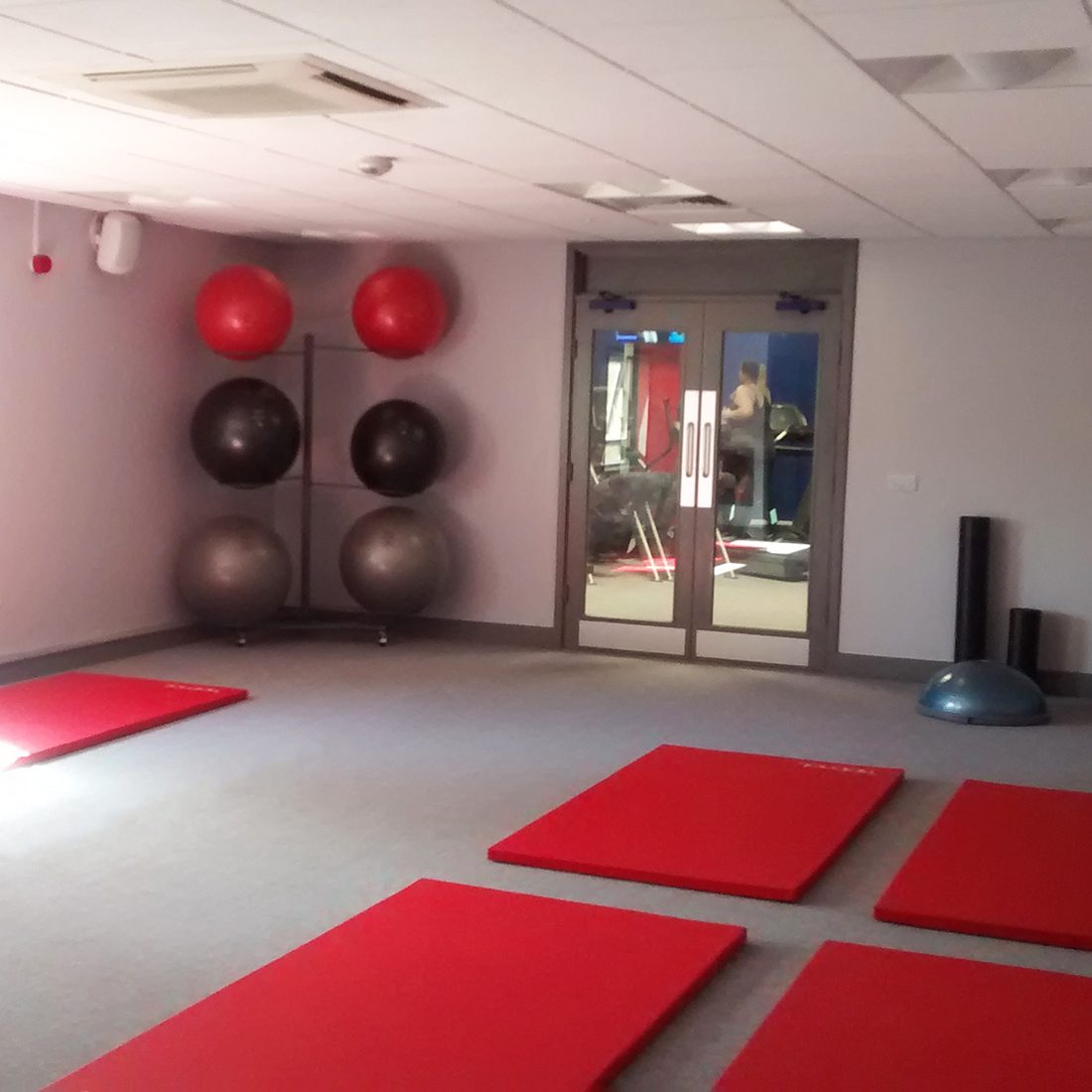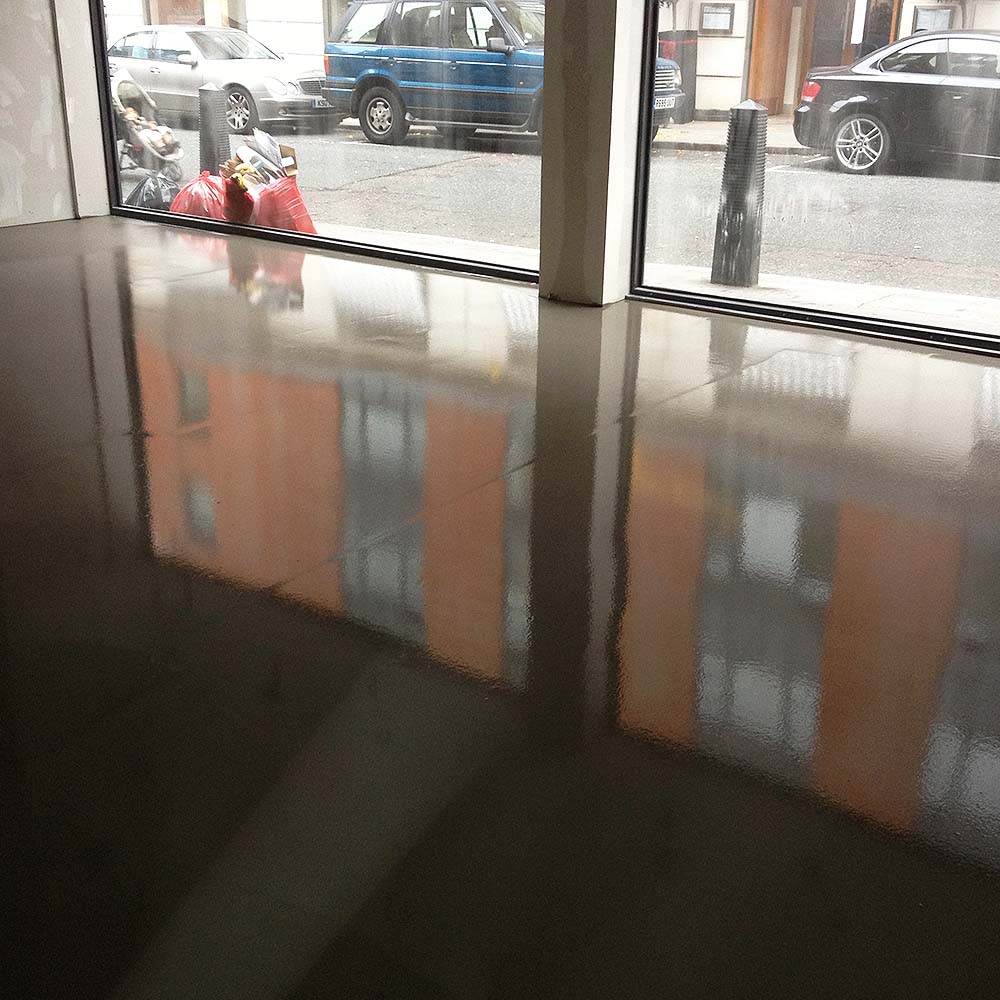Easi-Screed Flexible is a free-flowing, fibre reinforced, cementitious self leveller. It cures fast to enable a rapid return to use.
Designed for heavy domestic or light industrial use it is suitable for all common substrates and is ideal for use over underfloor heating.
A self-levelling cementitious floor screed system producing a smooth, dust-free finish. Excellent for smoothing out worn or rigid concrete. It has been formulated to be used…


